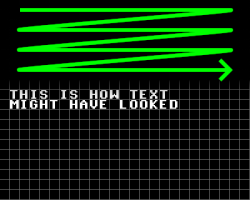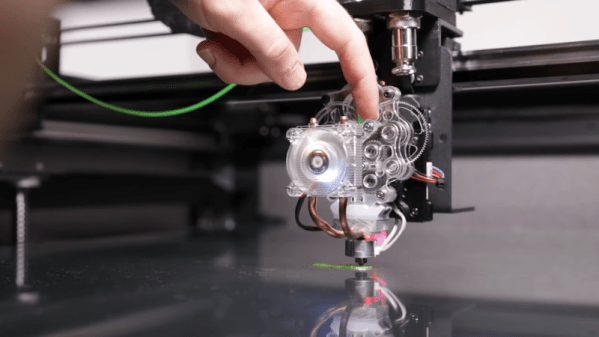The original Xbox was a console based on PC architecture that launched back in 2001. That was long before HDMI became a defacto standard for home AV systems. However, it’s possible to mod the Xbox to output lovely crisp digital video over HDMI for use with modern screens, as covered by [Modern Vintage Gamer].
The mod, originally known as XboxHDMI and later XboxHD+, is a pure digital output mod, and was developed by [Dustin Holden]. Unlike other solutions, it doesn’t work by converting the console’s existing analog output. Instead, it captures pixel data straight out of the GPU and pumps it out over HDMI, along with 5.1 surround sound, too.
Mods like these have become popular in recent years for multiple reasons. Original HD output cables for older consoles are often hard to come by, and many used analog outputs that are no longer suitable for using with modern screens. For those that don’t want to keep older CRTs and flat screens going for older consoles, digital video output kits are a great way to keep using your old consoles well into the future. Video after the break.



















